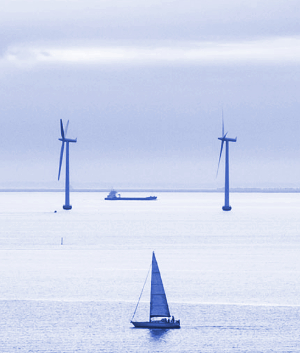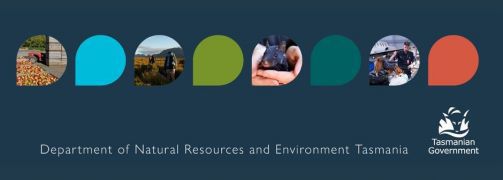Offshore bids move ahead
 The first offshore wind feasibility licences have been granted for six potential projects.
The first offshore wind feasibility licences have been granted for six potential projects.
The proposed projects for the new Gippsland offshore wind zone will now undergo detailed assessments to establish their feasibility, incorporating environmental studies and thorough management plans.
Should these assessments prove successful, developers will be eligible to apply for a commercial licence, transitioning from feasibility studies to actual electricity production.
Governments say this process will involve consultation with First Nations groups, communities, and marine users.
The six potential projects have been granted or offered feasibility licences in the Gippsland offshore wind zone are; High Sea Wind, Gippsland Skies, Blue Mackerel North, Kut-Wut Brataualung Project, Ørsted’s Gippsland 1, and Star of the South.
The Victorian Government also intends to grant another six licences, subject to First Nations consultation; Iberdrola’s Aurora Green, Greater Gippsland’s Gippsland Dawn, Navigator North, Ørsted’s Gippsland 2, Kent Offshore Wind, and the Great Eastern Offshore Wind Farm Project.
These twelve projects combined have the potential to generate up to 25GW of electricity, surpassing the total power generation of Victoria in 2023.
The development of these projects is expected to create over 15,000 jobs during construction phases and 7,500 ongoing positions once operational, highlighting the economic benefits alongside environmental progress.
“Australia’s first offshore wind zone has hit a new milestone, with reliable renewables and secure jobs a step closer for Gippsland,” said Federal Minister for Climate Change and Energy, Chris Bowen.
Victorian Minister for Energy and Resources, Lily D’Ambrosio, has described the projects as crucial for achieving the state's renewable energy targets, which aim for at least 2GW of offshore wind energy generation by 2032, escalating to 9GW by 2040.
“These offshore wind projects will support thousands of jobs in Gippsland and across the supply chain,” D’Ambrosio noted.
The next stages involve rigorous environmental assessments and further stakeholder consultations.







 Print
Print



